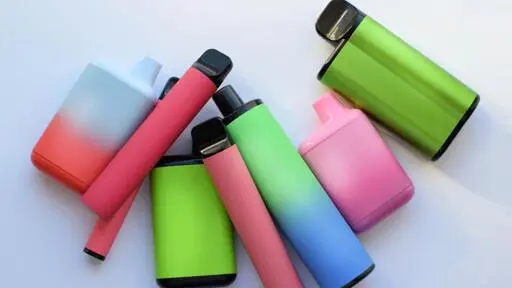Im not making excuses, Im saying there are nuances to the use of, and therefore proper testing of, the device.
I used to make my own coils back in the day when there were juice bar shops. If you build a robust enough coil then the coil will well outlast the life of the cotton you put in it. Therefore theoretically the coil will not be heating up or being heated enough times to where the coil releasing metal particulate is a concern. If you build a flimsy coil and heat it up too high, or use it for too long past a reasonable lifetime, or run it dry, then youre going to be inhaling metal particulate as it breaks from the coil.
Therefore, if while testing these disposable devices they are just running the thing hot and fast as a matter of testing, then the results will show significantly more metal in the vapor than would have ever been there under normal use. And most places testing vapes dont care if their methods make it look worse than it actually is, because, just like with smoking, they get way more attention in pointing out how bad it is for you (in comparison to more middling perspectives that paint it as safer than smoking)
The most dangerous thing in the world of vaping rn IMO are weed cartridges and disposables. The “coil” in those is just the thinest piece of kanthal you can imagine. What makes it dangerous is that people have popularized taking “blinkers”, or running the device out to its 10 second safety limit point. They think its a safety for weed inhalation, but its quite the opposite. Its a safety to prevent that tiny wire from blowing itself out. More blinkers = more kanthal particulate that youre inhaling instead of weed. The device will keep going so long as two nubs of that wire can still make contact somehow, even if youve already blown out some of the wire


